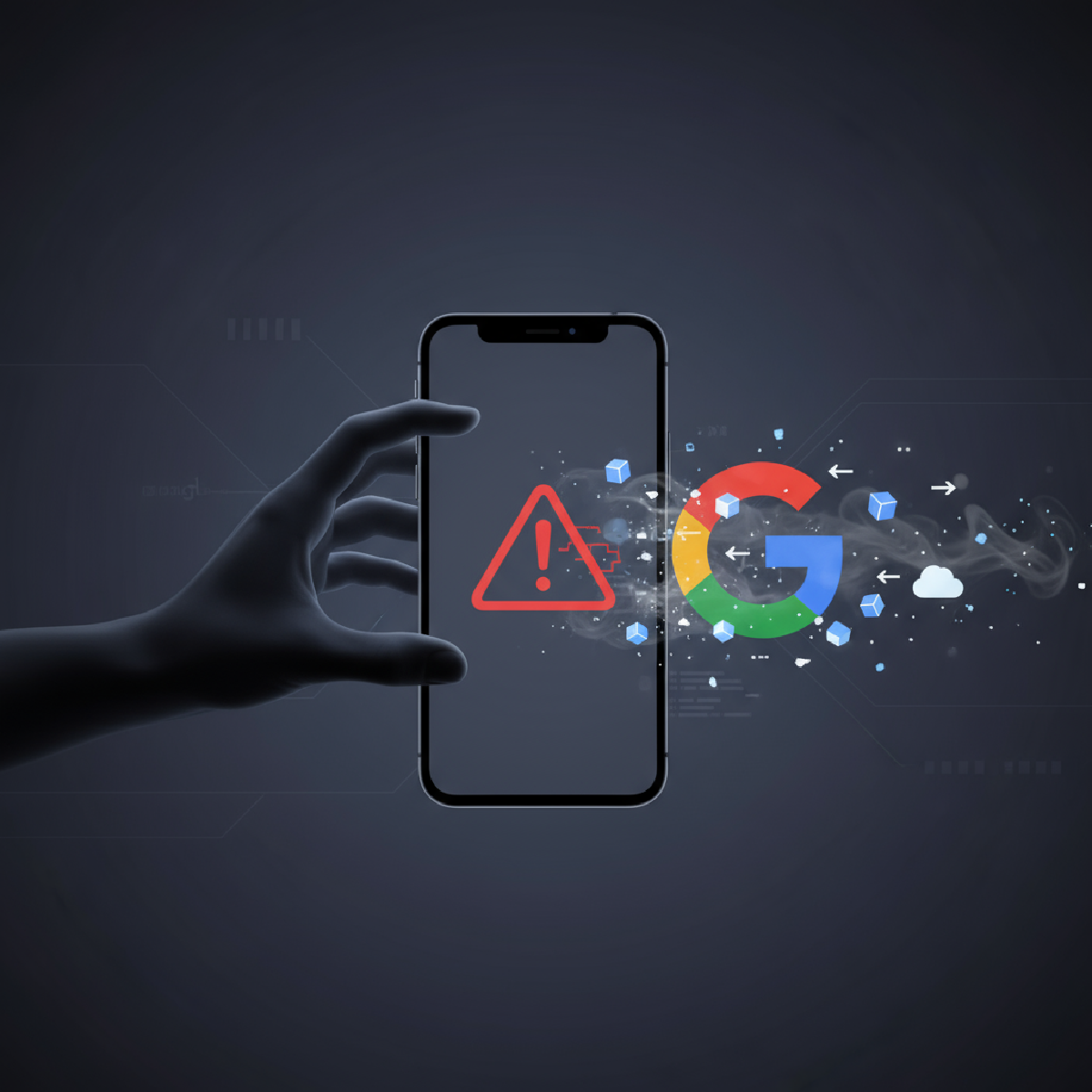My Story: How I Got Targeted#
I am a 15-year-old student. In April 2025, my mobile phone was remotely factory reset through Google’s Find My Device feature. This action was carried out without my consent by someone I once considered a friend.
We had a disagreement on Instagram a few days prior, and shortly afterward, my phone was completely wiped. Since this person already had access to my Google account, I believe he misused that access to perform this unauthorized action.
As a result, I lost all my personal data, including important documents, photos, and contacts. The incident caused significant mental stress and distress, making me realize how vulnerable we are when our digital accounts are compromised—even by people we trust.
How the Incident Happened#
Compromised Google Account: The person had prior access to victim’s Google account, which included login credentials linked to my mobile device.
Remote Factory Reset: Using the “Find My Device” feature, the perpetrator remotely erased all data from my phone. He wiped photos, documents, contacts, and apps, leaving me with nothing.
Abuse of Trust: This was not an anonymous cyberattack—someone the victim knew personally exploited the access he had given the perpetrator in the past. Trust and familiarity were used against him to cause harm.
Warning Signs: When to Exercise Caution#
- 🔴 Sharing Account Access: Giving someone login credentials, even a friend, can be risky.
- 🔴 Unusual Account Activity: Unexpected logins, emails from Google about new devices, or unfamiliar Find My Device alerts.
- 🔴 Unsecured Accounts: Weak passwords, lack of two-factor authentication (2FA), or shared credentials increase vulnerability.
How to Protect Yourself from Remote Account Misuse#
Use Strong, Unique Passwords:
- Avoid sharing passwords with anyone, even friends or family.
- Change passwords regularly and avoid reusing them across multiple accounts.
Enable Two-Factor Authentication (2FA):
- Add an extra layer of security for your Google account or any online account.
- Use authenticator apps like Google Authenticator, Microsoft Authenticator, or Authy or SMS-based OTPs for stronger protection.
Monitor Google Account Activity:
- Where to check: Go to https://myaccount.google.com/device-activity
- Here you can see all devices currently signed in to your Google account, along with their location and last activity.
- What to look for: Any unfamiliar devices, locations, or recent activity you did not initiate. Remove unknown devices immediately by clicking “Sign out”.
Review Find My Device Alerts:
- Where to check: Open Google Find My Device or the app on another device.
- Check the list of registered devices and recent activity, including any remote locks, location requests, or factory resets.
- If you notice anything suspicious, immediately change your Google account password and notify your mobile provider.
Back Up Your Data:
- Regularly back up important documents, photos, and contacts to external storage or secure cloud services.
Report Abuse Immediately:
- If someone misuses your account or device remotely, report it to Google immediately.
- Consider filing a complaint with local authorities, especially if the misuse is intentional or malicious.
Takeaway#
Even friends or trusted contacts can misuse access to your devices or accounts if precautions are not taken. Protect your online accounts, enable two-factor authentication (preferably via authenticator apps), check mobile security settings, regularly monitor your Google account activity, and review Find My Device alerts. Always back up important data. Digital security is not just about strangers—it also involves safeguarding against those you trust.

